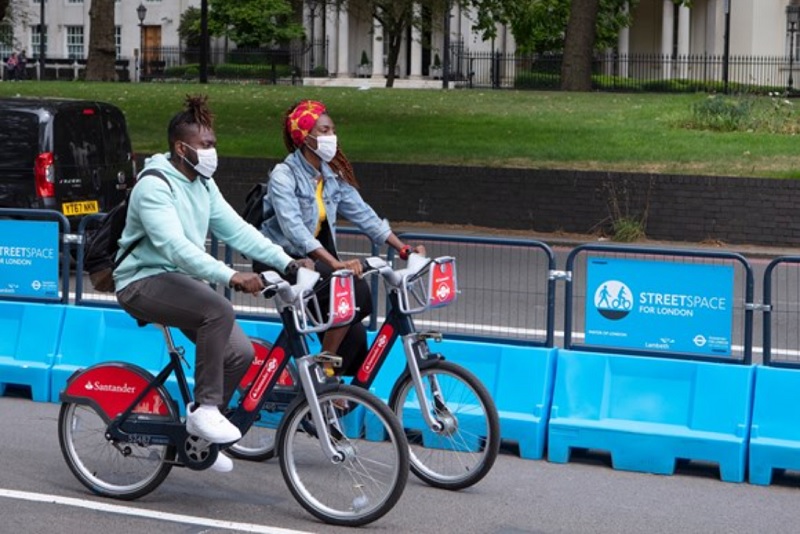
TfL says new data – which shows levels of cycling increased in both inner and outer London last year – is further evidence of the vital role played by active travel during the Covid-19 pandemic.
Since 2015, TfL has carried out annual cycle counts, usually in the spring, which record the number of people cycling past fixed points on the Capital’s cycling network over the course of a day.
Due to the coronavirus pandemic, cycle counts in 2020 were instead carried out in the autumn, with results showing a 22% increase in outer London, compared to the previous count in spring 2019.
There was also a 7% increase in cycling in inner London.
TfL also points to a report, published in December 2020, which shows almost half of all journeys between April and June 2020 were made by walking and cycling - up from 29% before the pandemic.
Will Norman, London’s walking and cycling commissioner, says it is “crucial” that work continues to ensure roads are safe for cyclists.
He said: “This new data highlights again how, against a backdrop of significantly fewer journeys being made overall, cycling has been a vital means of transport for Londoners during the pandemic, with a particularly significant increase in outer London as people turn to active travel to get around their local area and for exercise.
“It’s therefore crucial that we ensure roads are safe for cyclists, and we continue to work with the boroughs to deliver new or upgraded protected cycle routes across the capital, to enable people to cycle safely and easily.”
I don’t doubt the importance of active travel and it is good news that cycling rates are ‘up’ as a result of Covid19 as that is only natural and common sense to expect.
I have often wrestled with working out seasonal variations for walking and cycling data when we take “snapshot” counts at different times of year.
From the article, it would appear that the TFL surveys are also taking ‘snapshot’ counts. Perhaps time to move the process on to year round counting for more robust and useful data?
Pat, Wales
+3